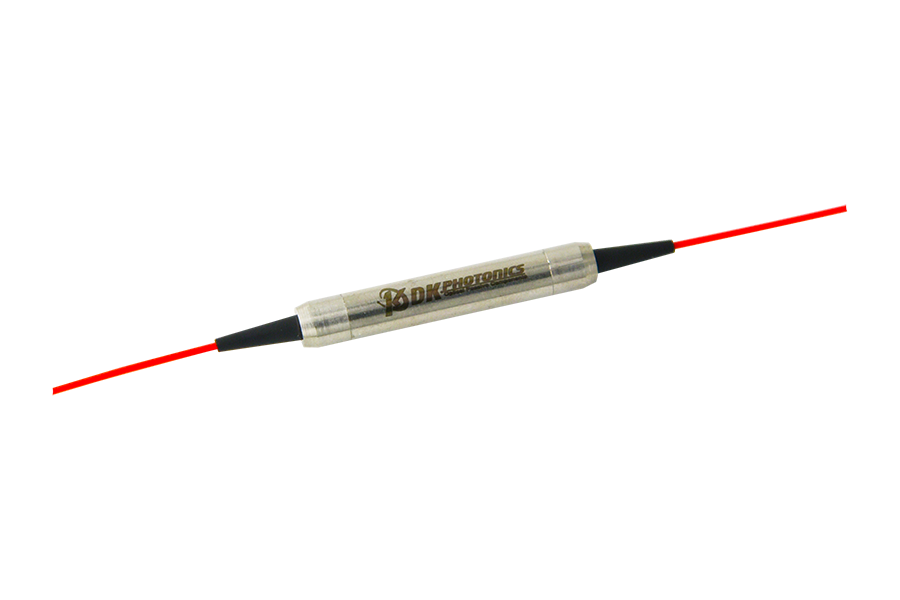Polarization maintaining fibers has been around since the development of fiber optics in the mid 20th century.
In fact, these fibers are considered to be the next generation of fiber optic technology with capabilities such as high bandwidth, low loss, and high temperature stability.
In order to understand this concept, you must first have an understanding of what polarization is and how it works in fiber optics.
What is Polarization?
Polarization is a fundamental property of electromagnetic waves, which have oscillating electric and magnetic fields. This phenomenon occurs in light waves and radio waves, for example.
Light that is polarized can be described as having an electric field vibrating at right angles to its direction of travel, or an electric field vibrating parallel to its direction of travel.
Light with an uneven distribution of polarization (i.e., light that has both vertical and horizontal components) can be said to be unpolarized.
What is Polarization Maintaining Fibers?
A polarization-maintaining fiber (PM Fiber) is a specialty single-mode fiber. Normally, single-mode fibers can carry randomly polarized light. In contrast, PM fiber propagates a single polarization of light.
Polarization-maintaining fibers maintain linearly-polarized light waves during propagation and do not cross-couple optical power between polarizations.
Some fiber optic components require polarized light input, such as external modulators. This polarization-maintaining feature plays a crucial role in these components.
In order to achieve this characteristic, stresses are induced in the material during the manufacturing process. PMFs come in two types: linear polarization-maintaining fibers (LPMFs) and circular polarization maintaining fibers (CPMFs)
Uses of Polarization Maintaining Fibers
A PMF fiber optic cable is used in many applications. In fact, a PMF fiber optic cable might be what you are using to read these words right now!
The most common applications of PMF optical cables include lightwave transmission, telecommunications, and medical equipment.
Many telecommunications companies use PMF optical cables to transmit information over long distances in order to support communication between different countries.
Common medical devices that utilize fiber optics are sonography devices and endoscopes.
Ways of Realizing Polarization-maintaining Fibers
First, a polarization-preserving fiber (PPF) has three layers: core, clad, and coating. Inside an optical fiber is a cavity known as the core that is surrounded by a cladding.
There are also two polarizations in fiber optics – linear and circular polarization. Circular polarization states that when light propagates through a medium with time-varying ellipticity, its direction rotates continuously around an axis parallel to the propagation direction.
Cross Section of Polarization Maintaining Fibers
Polarization-maintaining fibers (PMF) or polarization-maintaining optical fibers (PMOF) are optical fibers that have a property that preserves the polarization state of light as it travels through them.
This is an important feature for applications in areas such as telecommunications and fiber-optic gyroscopes and is usually provided by intrinsic material properties (such as birefringence), by inner cladding layers, or by external polarization controllers.
Conclusion
Polarization-maintaining fibers are well known for their ability to allow different polarized components (vertical and horizontal) to be transmitted through the fiber simultaneously. Their applications range from fiber optic sensing to interferometry to slab dielectric waveguides.


Leave A Comment